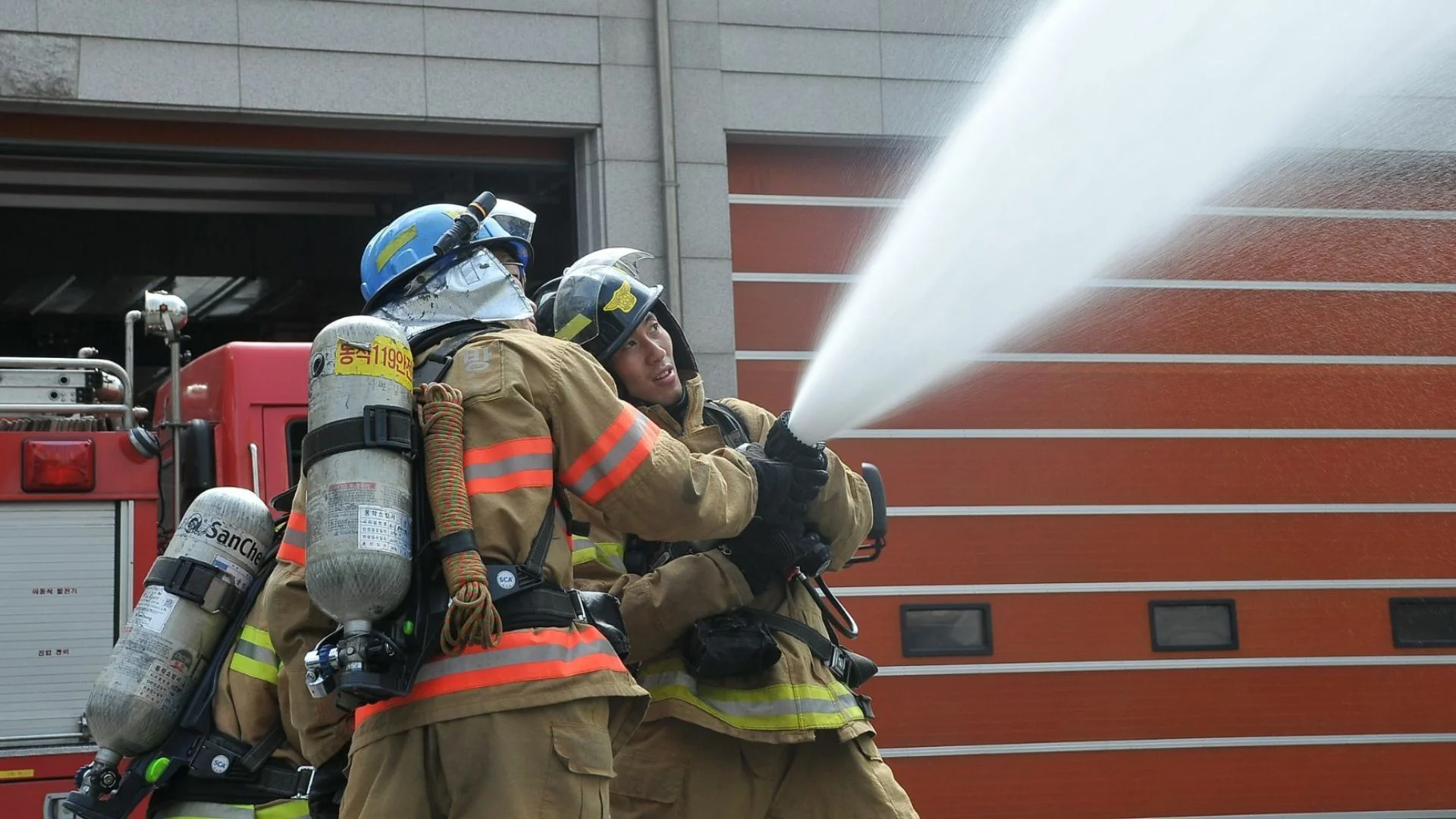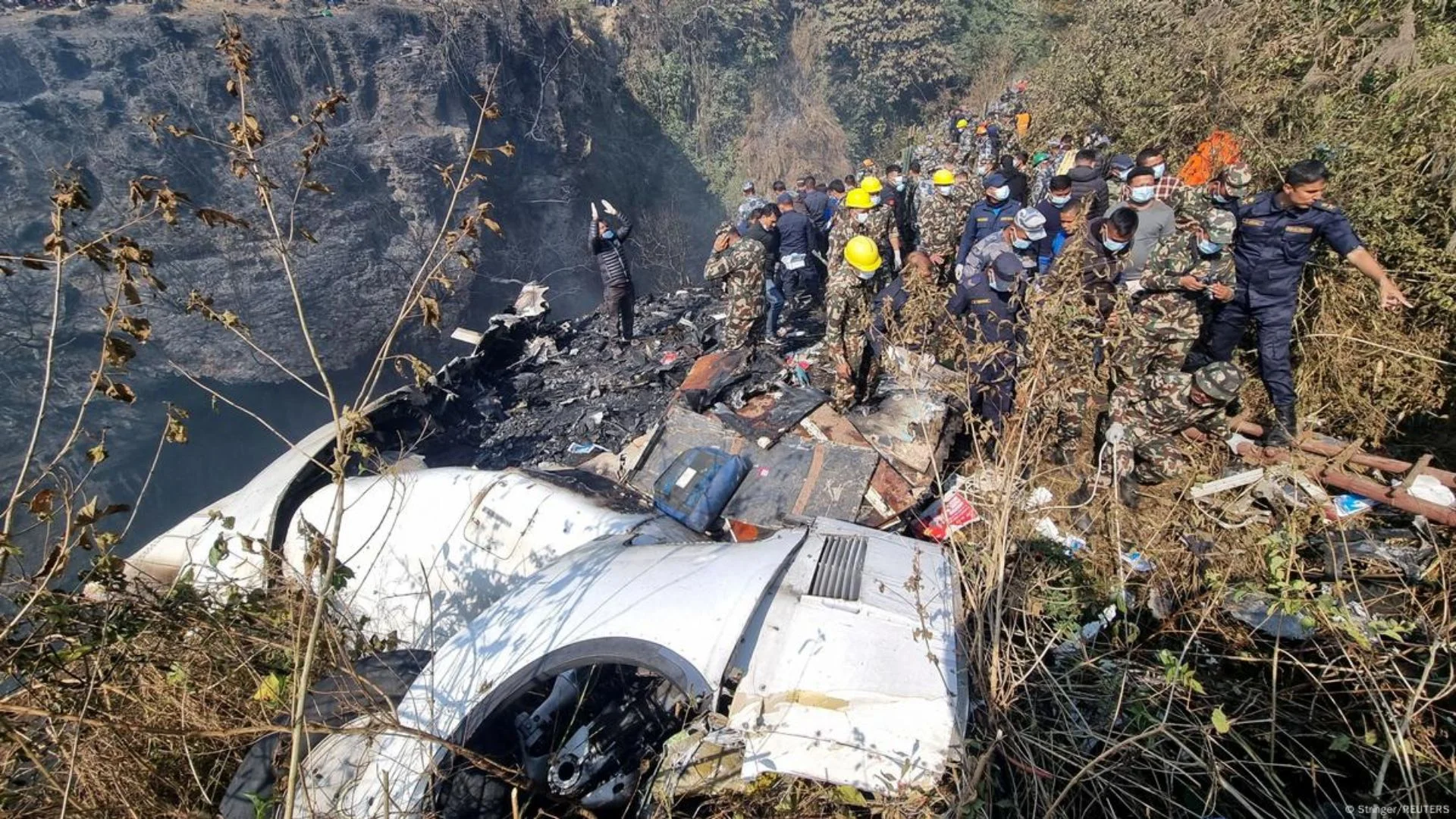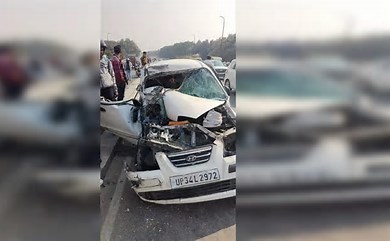A trash-filled balloon launched from North Korea landed on a rooftop in Seoul, sparking a fire on Sunday night, local authorities reported. The fire, which broke out at around 9:04 PM local time on the rooftop of a four-story commercial building in the Gangseo district, was extinguished within 18 minutes. Seoul’s Gangseo Fire Station deployed 15 trucks and 56 personnel to the scene, and there were no reported casualties.
The balloon was collected for investigation by military and police authorities. This incident is part of a broader escalation in tensions between North and South Korea, marked by a surge in balloon launches. On Sunday alone, Pyongyang sent approximately 120 trash-filled balloons towards South Korea, following a similar number of launches on Saturday. Around 40 of these balloons have already landed in South Korea, primarily in northern Gyeonggi province and Seoul.
The balloons, which carry mostly paper and plastic waste, are seen as a retaliatory measure by North Korea against South Korean propaganda balloons. Since May, North Korea has launched over 5,000 such balloons. In response, South Korea has suspended a military agreement with Pyongyang and resumed propaganda broadcasts along the border.
Earlier this month, similar balloons with timer devices caused fires, including incidents near an airport and at a storage unit. The Joint Chiefs of Staff (JCS) noted that these timers, designed to detach the balloon from its load, pose risks if not properly separated in mid-air. The JCS advises against shooting down the balloons due to the risk of falling debris and hazardous materials, favoring collection after landing instead.
Experts suggest that North Korea may be able to predict where the balloons will land and time their detonation accordingly. Although no significant damage has occurred yet, the potential for more severe incidents increases, especially during dry seasons.







